#mathart
Explore tagged Tumblr posts
Text


Radial Tessellation derived from a square.
More Ghee Beom Kim magic!
119 notes
·
View notes
Text

Computational Drawing CLXIV
145 notes
·
View notes
Text

Phase
(source code)
61 notes
·
View notes
Text
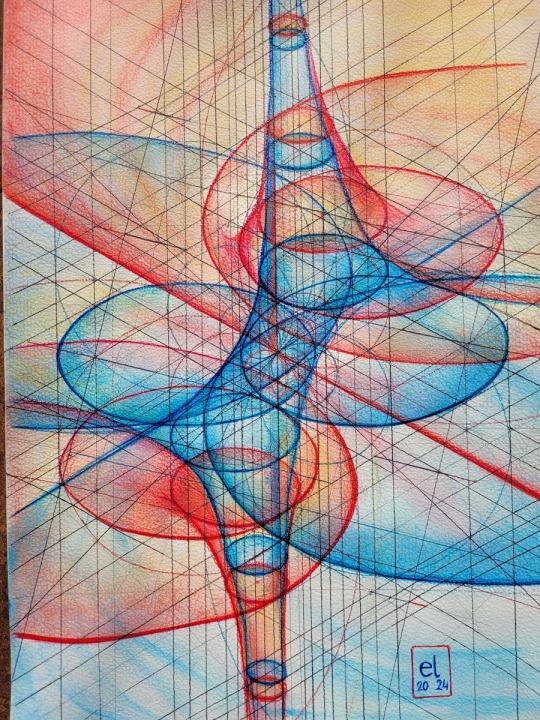
Reality and Imagination for real
Real and imaginary part of complex function 1/z - "Reality and Imagination" - for the first time drawn traditionally on paper, therefore I call it: "Reality and Imagination for real".
I picked the colors intuitively, but now I see: Red pill versus blue pill :-)
Geometric drawing - axonometry, creating the "3D view" from the view from above - "cloverleaf-like", placed in the center of the drawing - and from the side - where circles become just lines. Graphite pencil, watercolor pencils, ballpoint pens.
The contour lines of these functions are actually just circles whose radii decrease reciprocally with height, and which are aligned along one point of the circumference. The towers of reality and imagination can be rotated into one another. I also often call them "trumpets" - it's 4 trumpets, two blue and two red ones, each opening up to an infinite circle.
#mathematics#science themed art#drawing#watercolor pencils#descriptive geometry#axonometric#portfolio#mathart
89 notes
·
View notes
Text

68 notes
·
View notes
Text
Day 364: "Broken glass 1"

link
–This image is part of the public domain, meaning you can do anything you want with it! (you could even sell it as a shirt, poster or whatever, no need to credit it!)–
#public domain#art#copyright#free art#open source#flickr#flickblr#creative commons#no copyright#abstract#complex#geometry#math#mathart#mathematica#mathematicaart#mathematical#mathematics#mathematicalart#maths#triangle#abstract art#abstracart#art abstrait#math art#geometric#geometric abstract#geometric patterns#geometric shapes#geometric art
9 notes
·
View notes
Text

#IFTTT#Flickr#squiggle#sine#cosine#trigonometry#spirograph#abstract#math#mathematics#geometric#geometry#parametricequations#mathart#geometricart
2 notes
·
View notes
Text
Winter Daylight Mandala
#tumblr#mandala#fractals#fractal#art#geometry#geometric patterns#mathart#mathematics#winter#holiday#winter season#winter solstice#christmas#mandalas#abstract#abstracart#flower#flowers#sacred geometry#meditation
31 notes
·
View notes
Text

Deep Mandelbrot Set #158 Mag=9.72e+1774
Magnification = 9.72e+1774 = 2^5896.382 Max iteration = 1,132,860
37 notes
·
View notes
Text

#exagon Texture Structure#Hexagon#Hexagons#Hexagon Shapes#Hexagon Shape#Art#Abstract Art#Pattern#Techno Art#Patterns#Abstract#StructureArt#MathArt#Math Art#AbstractArt#Artwork#Shapes#GeometricArt#GeometricShapes#Geometric Art#Geometric Shapes#3D Art#3dArt#abstractartwork
2 notes
·
View notes
Text

Running in Circles
One more of these.
126 notes
·
View notes
Text

Computational Drawing CXCIV
91 notes
·
View notes
Text

+
(source code)
51 notes
·
View notes
Text
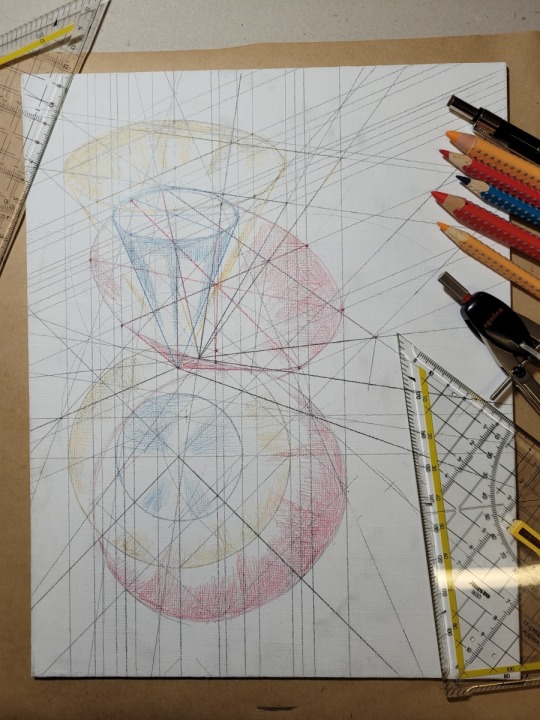
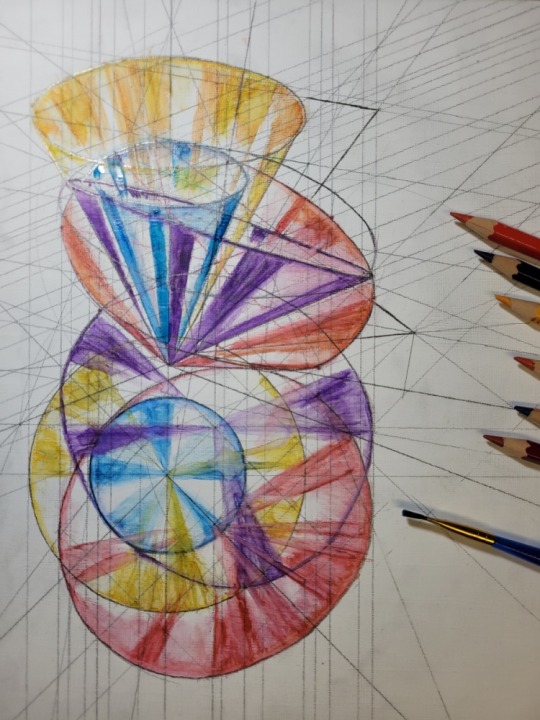
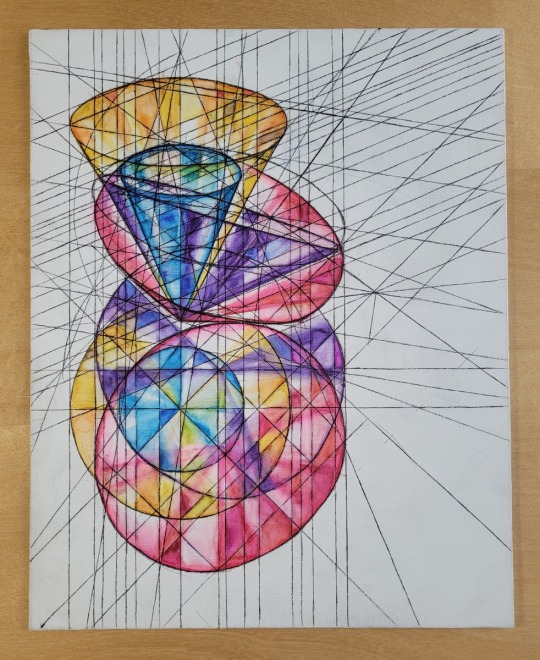
Physics of the gyroscope - "meditated upon geometrically":
Poinson's construction, prolate gyroscope.
Work in progress, first three stages:
The three cones in an axonometric projection, the red/violet one dances around the blue one and its axis traces out the yellow one.
Now I am stained-glass-i-fying it!
Graphite pencil construction, watercolor pencils, watercolor markers, black ballpoint pen on gessoed and sanded canvas board.
#physics#geometry#gyroscope#axonometry#watercolor#pencils#markers#canvas board#mathematics#drawing#artists on tumblr#science side of tumblr#portfolio#mathart
20 notes
·
View notes
Text
Day 257: When Claude met Vincent
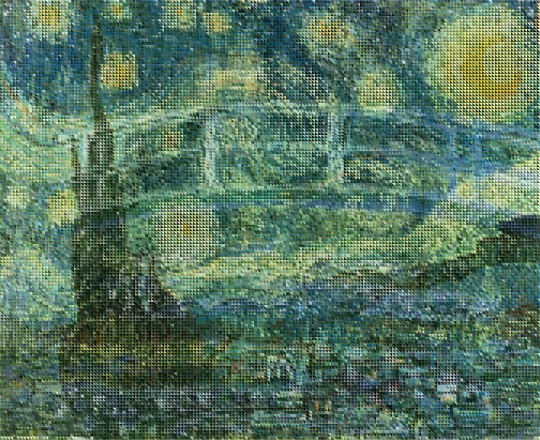
link
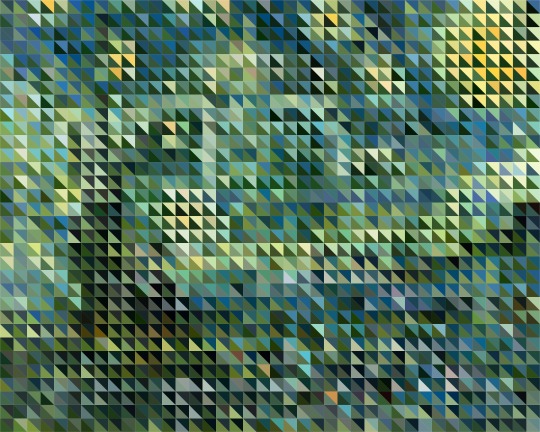
link

link

link

link
–These images are part of the public domain, meaning you can do anything you want with them! (you could even sell them as a shirt, poster or whatever, no need to credit them!)–
#public domain#art#copyright#free art#open source#flickr#flickblr#creative commons#no copyright#no copyright art#abstract#claudemonet#geometry#math#mathart#mathematica#mathematicaart#mathematical#mathematicalart#mathematics#maths#triangle#triangles#vincentvangogh#vincent van gogh#pixel art#triangle agency#proceduralart
8 notes
·
View notes
